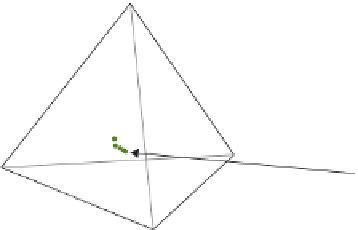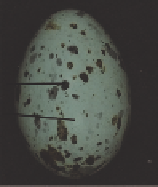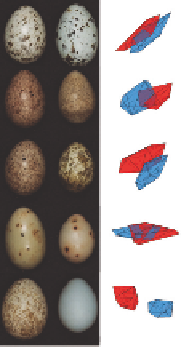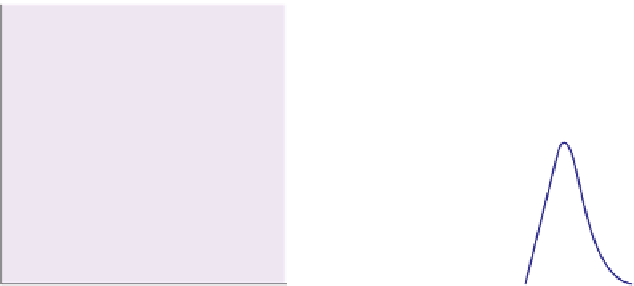Biology Reference
In-Depth Information
100
90
1
Cuckoo
Host
80
70
0.8
UVS
SWS
60
0.6
50
40
0.4
30
MWS
LWS
20
0.2
10
0
0
300
400
500
600
700
330
380
430
480
530
580
630
680
730
Wavelength (nm)
Wavelength (nm)
(b)
UVS
SWS
LWS
MWS
(c)
(d)
60
Cuckoo
Host
Background
Red-backed
shrike
Great reed
warbler
50
40
Meadow
pipit
Garden warbler
30
Reed
warbler
Brambling
Robin
20
Great reed
warbler
Meadow pipit
Pied wagtail
10
Brambling
Sedge
warbler
Reed warbler
Redstart
D
unnock
0
0
20
40
60
80
100
Rejection rate
Dunnock
Fig. 4.20
Seeing eggs through a bird's eyes (Stoddard & Stevens, 2011). (a) The relative stimulation of the four
avian cone types (ultraviolet sensitive, short-, medium- and long-wave sensitive) is determined from reflectance
spectra and the spectral sensitivity functions for each cone type. From Hart (2001). With permission from Elsevier
(b) Egg colours are mapped in avian tetrahedral colour space; the position of a colour is determined by the
relative stimulation of the four retinal cones. (c) Background colours and spot colours are then compared for
cuckoo and host eggs. Only background colours are shown here. The overlap between common cuckoo (red)
and host (blue) distributions in tetrahedral colour space is shown for various host races of cuckoo. (d) The
relationship between host rejection rate of non-mimetic eggs and background colour overlap for eleven cuckoo
host races. Colour overlap is expressed as the percentage of the host volume overlapped by the cuckoo volume.
Egg photographs by Mary Caswell Stoddard © Natural History Museum, London.






























































































